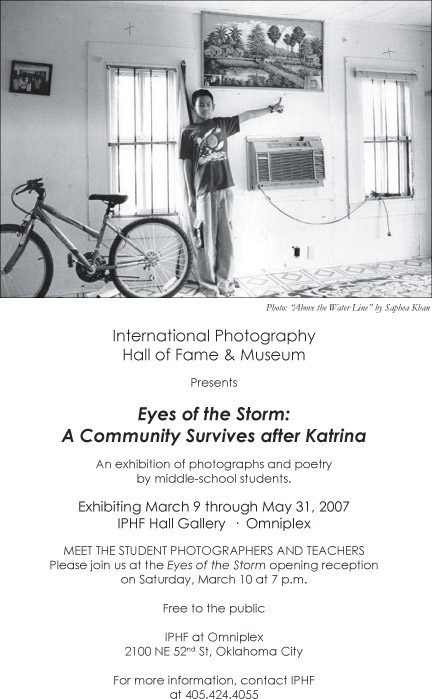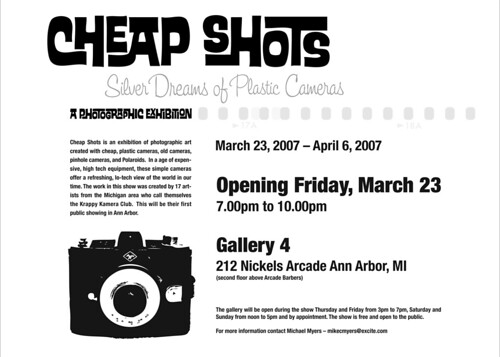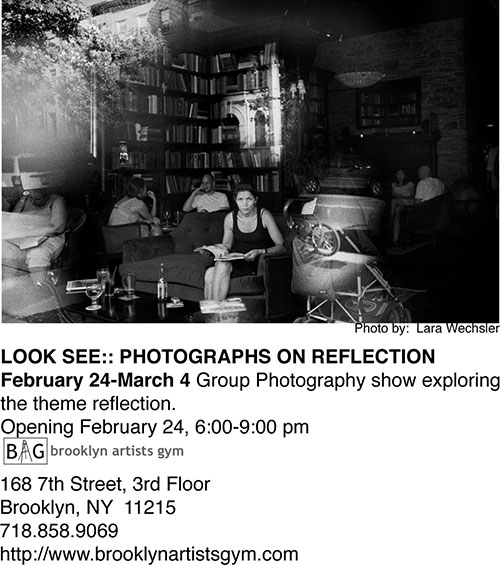Kodak have two US-only film rebates going on:
$20 rebate on $125 or more of their pro colour Portra range. Good until 30 June, 2007. Download coupon/form PDF.
$5 rebate on five or more rolls of their pro black and white range range (T-Max 100, 400, and 3200, Plus-X 125, Tri-X 400 (320 isn’t mentioned), or HIE infrared). Good until 31 July, 2007. Download coupon/form PDF.
Share and enjoy.™




